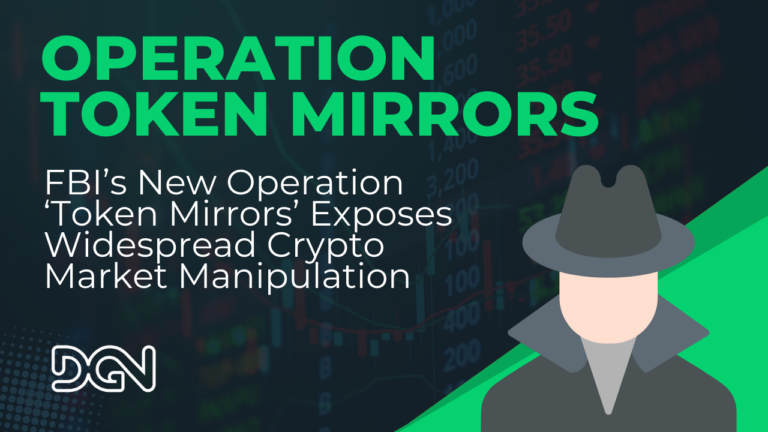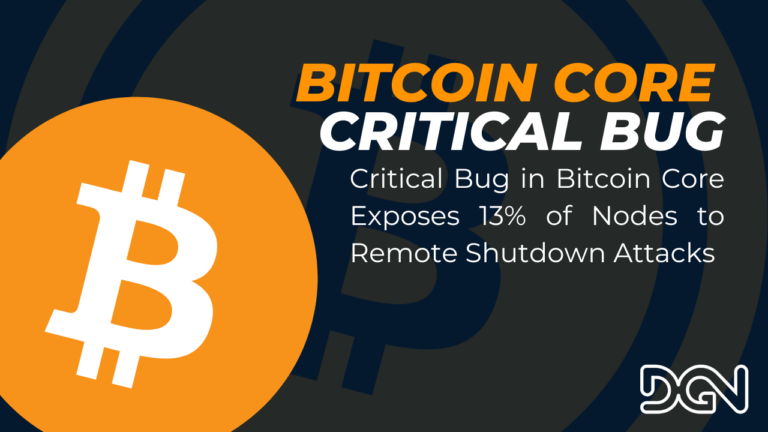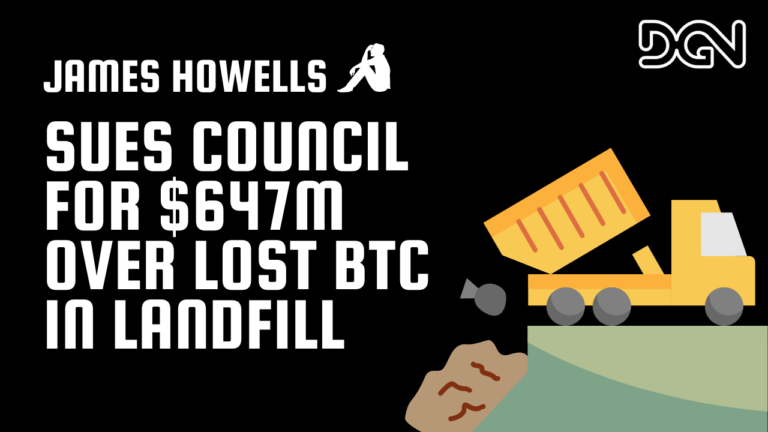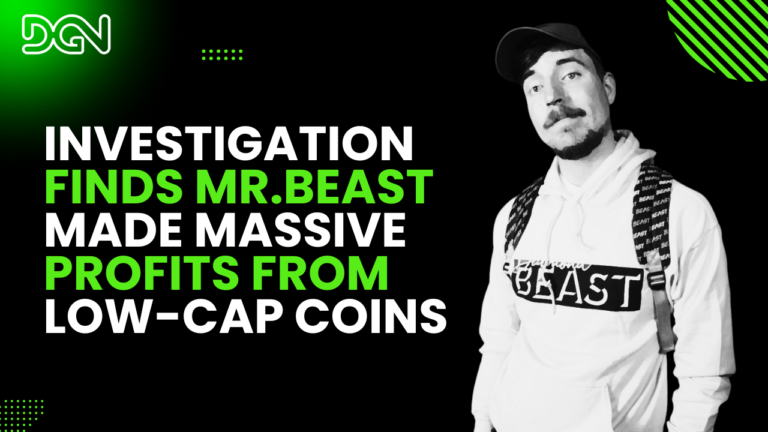Ripple’s Chris Larsen Donates $1 Million in XRP to Kamala Harris as Crypto Politics Heat Up
Ripple co-founder Chris Larsen has made a major political donation in support of Kamala Harris, the current Vice President and a 2024 U.S. presidential candidate. Larsen’s contribution of $1 million in XRP (Ripple’s cryptocurrency) marks a significant moment in the intersection of cryptocurrencies and politics, showing how crypto leaders are stepping into political discourse ahead of the 2024 election.
The donation follows Larsen’s public endorsement of Harris in September 2024, where he, along with 88 other executives, signed an open letter backing Harris’s presidential bid. According to CNBC, this latest contribution brings Larsen’s total donations to Harris to over $1.9 million.
This donation comes at a time when cryptocurrencies have become a hot topic on the political stage. Both Donald Trump and Kamala Harris have touched on the growing crypto industry during their campaigns, with each candidate offering differing stances on how they would regulate and encourage the development of digital assets in the U.S.
Larsen’s Involvement with Ripple and the SEC Battle
While Larsen is busy supporting Kamala Harris, Ripple, the company he co-founded, is still entangled in a legal battle with the U.S. Securities and Exchange Commission (SEC). Ripple’s ongoing lawsuit with the SEC, which began in 2020, centers on the classification of XRP as a security. The legal tussle reached a judgment in August 2024, but both parties have filed appeals, extending the courtroom drama into late 2024.
Larsen’s high-profile donation and political involvement come at a pivotal time for Ripple. While Ripple continues to push for innovation within the blockchain space, the outcome of the SEC lawsuit could reshape the landscape of cryptocurrency regulation in the U.S. The lawsuit is widely regarded as a landmark case that could influence how cryptocurrencies are classified and regulated in the future.
Also read: After SEC’s Top Crypto Cop Resigns, Is Gary Gensler Next?
The Political Debate on Crypto Heats Up

2024 marks the first election year where cryptocurrency has become a central issue in the political landscape. The race between Kamala Harris and Donald Trump has seen both candidates weigh in on crypto regulations. Harris recently signaled her support for innovative technologies like cryptocurrencies, a shift from her previously neutral stance. A policy document released by her campaign outlines how her administration would “encourage” the growth of blockchain technology and cryptocurrency.
Harris’s new position contrasts with Donald Trump’s well-known pro-crypto stance. Trump, who has been vocal about his support for cryptocurrencies, sees digital assets as part of the future of American finance. The differing views on crypto regulation from both candidates will likely play a critical role in the upcoming election, with voters—and investors—closely watching to see how either candidate could shape the future of the industry.
Chris Larsen’s Role in Ripple and Crypto’s Evolution
Chris Larsen, who co-founded Ripple (formerly known as OpenCoin) in 2012, remains one of the most influential figures in the crypto space. Though he stepped down as Ripple’s CEO in 2016, Larsen continues to serve as the company’s executive chairman, playing a key role in its strategy and vision.
Ripple, known for its focus on cross-border payments using XRP, has become a cornerstone of the blockchain world. Larsen’s political donations indicate his desire to shape the broader policy environment for cryptocurrencies, ensuring that digital assets have a place in the future of U.S. finance. His donation to Kamala Harris suggests that Larsen believes Harris could be the candidate to foster a positive environment for blockchain innovation, while also tackling regulatory uncertainty.
The Future of Crypto in U.S. Politics
Larsen’s $1 million donation in XRP is just one part of a broader trend of crypto leaders engaging with politics. As the 2024 election approaches, cryptocurrencies are expected to remain a major talking point. The debate over how the U.S. should regulate and support the crypto industry will likely have long-lasting impacts on both the economy and financial markets.
Whether it’s Donald Trump’s continued push for a pro-crypto environment or Kamala Harris’s commitment to encouraging innovative technologies, the outcome of the 2024 election could be pivotal for the future of the cryptocurrency sector.

















